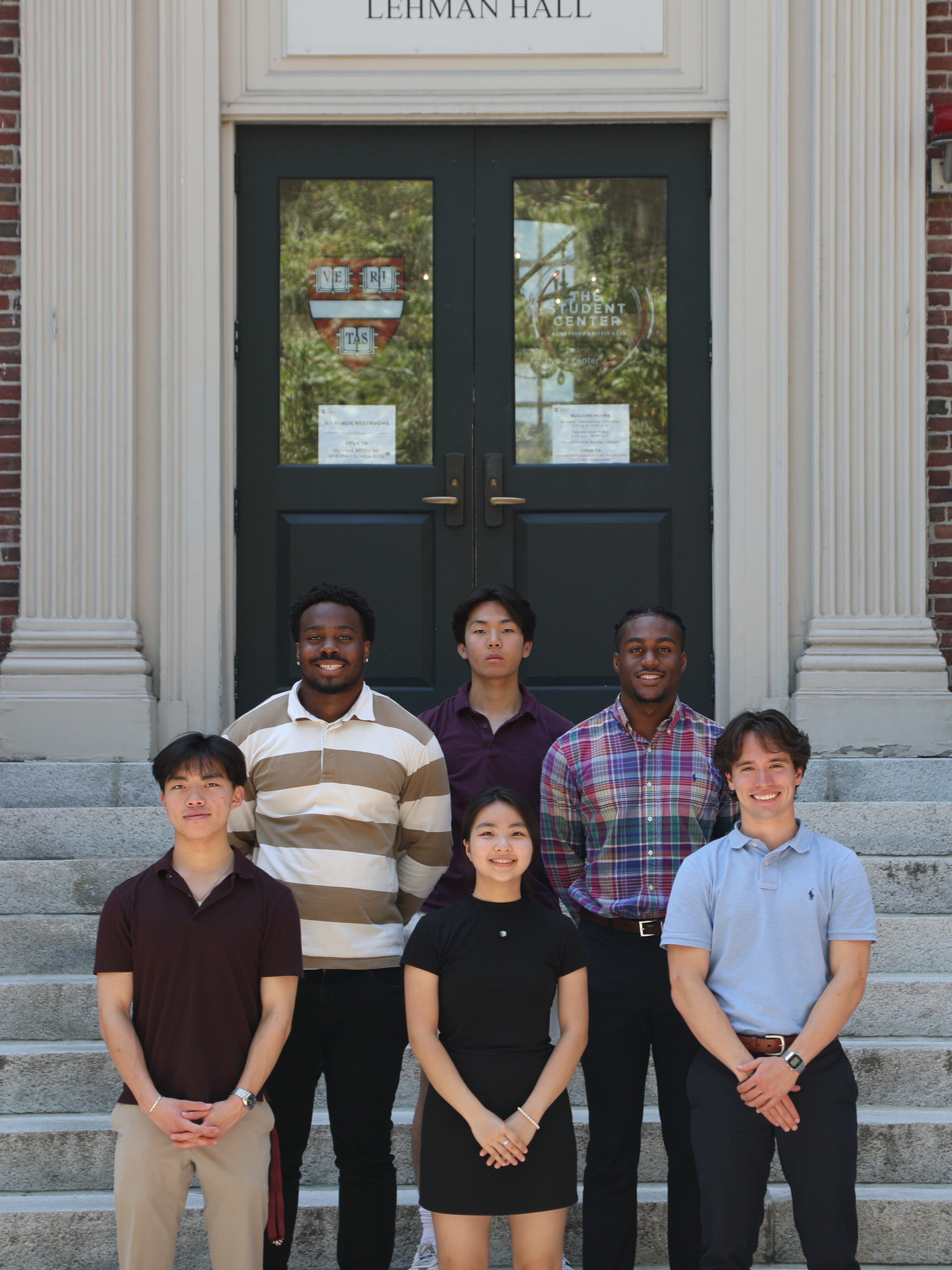Abstract
The advent of BERT (Bidirectional Encoder Representations from Transformers) has revolutionized natural language processing (NLP) methodologies by addressing limitations inherent in earlier models. This paper explores BERT's impact on NLP, particularly in comparison with other models such as OpenAI. Prior to BERT, unidirectional models like OpenAI processed text in a single direction, limiting their contextual understanding. In contrast, BERT's bidirectional attention mechanism allows it to analyze text comprehensively by considering context from both directions simultaneously. This capability enhances its performance in tasks such as sentiment analysis and named entity recognition. By examining various benchmarks and empirical results, this paper highlights BERT’s superior contextual comprehension and accuracy, demonstrating how it has set new standards and influenced subsequent advancements in NLP. The comparative analysis underscores BERT’s pivotal role in advancing AI language understanding and its implications for future model development.
Ⅰ.Introduction
In the field of digital communication, Natural Language Processing (NLP)[1], a significant term of Artificial Intelligence (AI), has emerged as a transformative force, enabling computers to comprehend and generate human languages with fluency. There has been an ambition to bridge the gap between human and machine communication for many years, enabling interactions permeating every aspect of our lives. From intelligent assistants in daily tasks to translation systems erasing language barriers. NLP applications are reshaping industries from healthcare to finance and beyond.Driven by advancements in deep learning and neural networks, particularly the ascendance of Transformer architectures and their derivatives like BERT, NLP research has witnessed remarkable progress. These models, trained on vast corpora of textual data, have demonstrated exceptional abilities in tasks ranging from sentiment analysis and named entity recognition to question answering and text generation, often surpassing human-level performance. This paradigm shift underscores the potential of NLP to revolutionize how we interact with information and with each other.As we delve deeper into the intricacies of NLP, our research endeavors aim to not only push the boundaries of AI's linguistic capabilities but also to address the challenges that arise in ensuring the robustness, interpretability, and applicability of these models in real-world scenarios. By exploring innovative approaches and fostering interdisciplinary collaborations, I strive to unlock the full potential of NLP, paving the way for a future where human language and artificial intelligence intertwine seamlessly.
Ⅱ.Body
BERT
The success of BERT, a model in the application of NLP[2], serves as a exemplar of the fundamental logic AI's advancement through deep learning and machine learning. BERT embodies the power of unsupervised pre-training coupled with task-specific fine-tuning. It has revolutionized the landscape of AI research.
During the pre-training phase, BERT is exposed to vast quantities of unlabeled textual data, enabling it to learn intricate linguistic patterns and contextual relationships. This unsupervised approach harnesses the abundant availability of raw text on the internet, leveraging the collective knowledge encapsulated within to build a robust linguistic representation. The Transformer architecture, upon which BERT is built, plays a pivotal role in this process, facilitating parallel processing of sequences and capturing long-range dependencies through its self-attention mechanism.
Table 1:various configurations of the BERT model, highlighting the number of Transformer encoder layers (L) and the hidden size (H) of each layer for different model variants.
Upon completion of pre-training, BERT is then fine-tuned for specific NLP tasks using labeled data. This targeted adaptation allows BERT to harness its pre-acquired linguistic knowledge and quickly adapt to new tasks, achieving state-of-the-art results across a broad spectrum of benchmarks. The ability to transfer learned representations from one task to another, known as transfer learning, underscores the efficiency and flexibility of this approach.

Figure 1:Assessing upstream biases for each model involves two main metrics:(a) Log probability gaps between he/him and she/her pronouns in prompts related to occupations, which measures gender bias.(b) Average negative sentiment in masked language model completions related to various identity groups, which evaluates sentiment bias towards different identity groups.
BERT's introduction marked a significant shift in natural language processing (NLP) methodologies by enhancing the way machines understand context within text. Prior to BERT, many NLP models primarily utilized unidirectional approaches, which processed text in a sequential manner, either from left-to-right or right-to-left. This limitation often led to a fragmented understanding of context, as the model's comprehension of a word was constrained by its position in the sequence. BERT, however, employs a bidirectional approach, meaning it considers context from both directions simultaneously. This capability allows it to capture nuances and subtleties in language with unprecedented accuracy. For instance, BERT's ability to grasp the meaning of polysemous words—those with multiple meanings depending on context—has significantly improved. By analyzing the entire sequence of words around a given term, BERT can better disambiguate meanings and provide more contextually relevant responses. This advancement has not only enhanced performance in tasks such as question answering and named entity recognition but has also set a new standard for model training and evaluation. Consequently, BERT has influenced subsequent NLP models and methodologies, driving further innovations in the field and establishing a foundation for future advancements in AI language understanding.
Thus, BERT exemplifies how deep learning and machine learning,through representation learning and targeted fine-tuning, can unlock the complexities of human language and empower AI systems with unprecedented linguistic capabilities. This fundamental logic not underpins BERT's success but also informs the development of numerous other AI models, propelling the field towards ever-greater heights of linguistic understanding and interaction.
Comparison
When comparing BERT and OpenAI GPT models[3], notable differences in their performance across various datasets emerge. The table provides performance metrics for OpenAI GPT, with results showing a range of scores across different phases—Dev and Test—with the highest recorded test score being 86.3. In contrast, BERT, with its bidirectional attention mechanism, demonstrates consistently high performance. BERT’s ability to process context from both directions simultaneously allows it to excel in understanding nuanced text and achieving better contextual comprehension.
|
System |
Dev |
Test |
|
|
OpenAI GPT |
- |
78.0 |
|
|
BERTBASE |
81.6 |
- |
|
|
BERTLARGE |
86.6 |
86.3 |
Table 2: This table compares performance metrics between BERT and OpenAI GPT models across different evaluation phases. The scores for OpenAI GPT are listed in the “Test” column, with a value of 78.0 representing its test performance.
In typical evaluations, BERT often surpasses GPT in tasks requiring deep contextual analysis, such as question answering and named entity recognition. While GPT models, especially the more recent iterations, have shown improvements and exhibit strong performance in generating coherent text, BERT's architecture offers a more robust solution for tasks that demand precise understanding of language nuances. The comparative results highlight BERT’s advantage in handling complex language patterns, thereby setting a benchmark for performance in NLP tasks where context and accuracy are critical.
Potential
By advancing the capabilities of natural language processing through BERT and its variants, we are paving the way for a future where human language and artificial intelligence intertwine seamlessly, enabling more intuitive and effective communication between humans and machines, as well as fostering new possibilities for innovation and discovery across various domains.This will make translation system better so that the language barrier may be overcome.
Ⅲ.Conclusion
In conclusion, BERT has set a new standard for NLP methodologies by demonstrating the effectiveness of pre-training and fine-tuning. Its bidirectional nature allows for a deeper understanding of context, which has proven invaluable in various NLP tasks. While BERT and GPT models each have unique advantages, BERT's influence on AI research and practical applications remains profound, showcasing the potential of deep learning in advancing natural language processing.
Ⅳ.Citation
- Sebastianruder. “NLP-Progress/Chinese/Chinese_word_segmentation.MD at Master · Sebastianruder/NLP-Progress.”GitHub,github.com/sebastianruder/NLP-progress/blob/master/chinese/chinese_word_segmentation.md. Accessed 1 Aug. 2024.
- Google-Research. “Google-Research/Bert: Tensorflow Code and Pre-Trained Models for Bert.” GitHub, github.com/google-research/bert. Accessed 3 Aug. 2024.
- Lee, Lisa, et al. “Weakly-Supervised Reinforcement Learning for Controllable Behavior.” arXiv.Org, 18 Nov. 2020, arxiv.org/abs/2004.02860.





